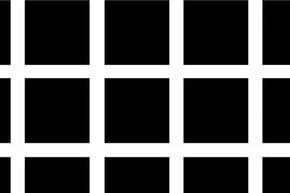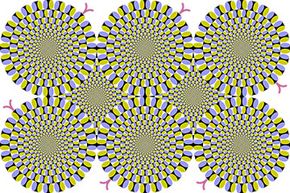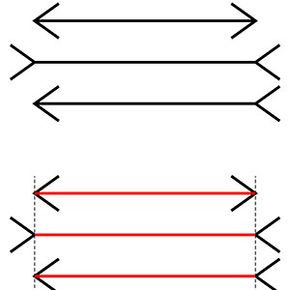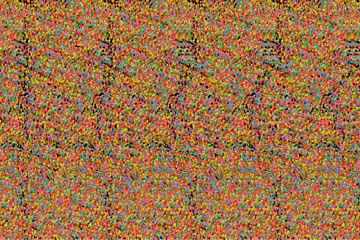Key Takeaways
- Optical illusions are not solely a trick of the eye but also heavily involve the brain's interpretation of visual information.
- Cultural factors may influence how we perceive optical illusions.
- Optical illusions also serve as valuable tools for researchers to understand more about visual perception and brain function.
Have a look at this picture. What do you see? A grid of squares? Great. Now look again at the white space in the "street crossings." Although this image, known as the Hermann Grid, is really just a black and white grid of squares, it appears as though there's something more – little grey discs, or blobs of darkness, in the intersections of the white lines. This grid is one of the most classic examples of an optical illusion, where your mind is being tricked into seeing something that's not there. You see the dark blobs in the white spaces, but when you stare right at the spot where the blob should be, it disappears because, in fact, it was never there to begin with.
This is just one of countless examples of the eyes playing tricks on the brain. Illusions deceive us for various reasons. Adjacent objects can influence how you see things. Messing with perspective can change your perception of an object. Sometimes illusions work because of shortcomings in the normal anatomy of our eyes. But let's not just blame those "windows to the soul." The brain, too, is guilty of causing us to be fooled by what we see. It can sometimes be too quick to make assumptions about how the world should be instead of how the world actually is, causing us to see things incorrectly.
Advertisement
You've probably seen and been duped by dozens of examples of optical illusions, and you're not alone. Rewind back in history to the ancient Greeks. Even Aristotle referenced how easily the mind can be tricked by what it sees. He noted that when you looked at a waterfall and then shifted your gaze to static rocks nearby, it appeared as though the rocks were moving in the opposite direction than the waterfall.
Even nature is in on this trickery. We don't fully understand what happens in our brains when we see different optical illusions, but since the 19th century, scientists and artists have been learning more about this disconnect between reality and perception and what it tells us about the brain.
Advertisement







